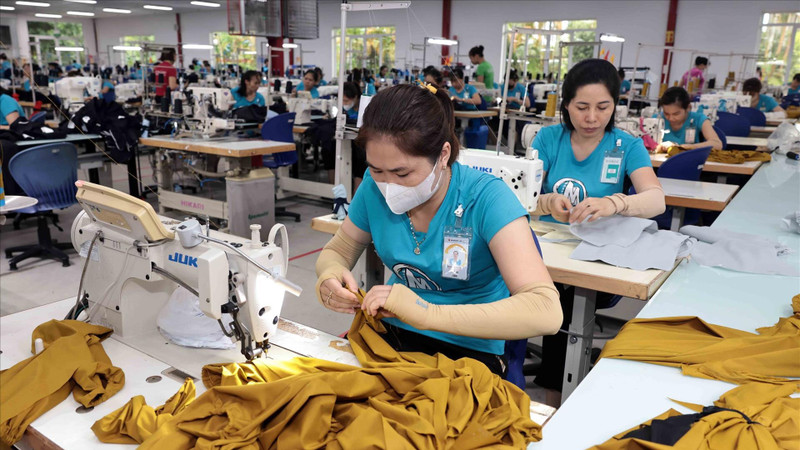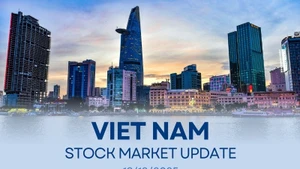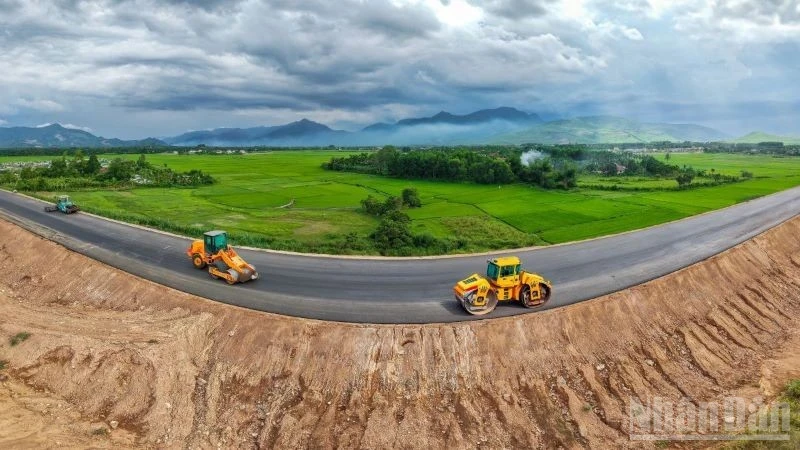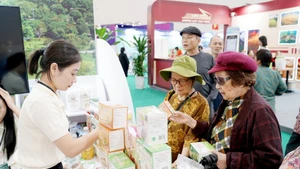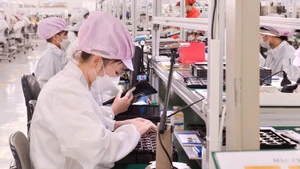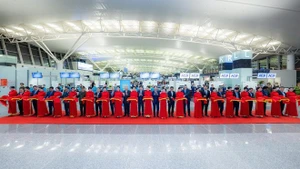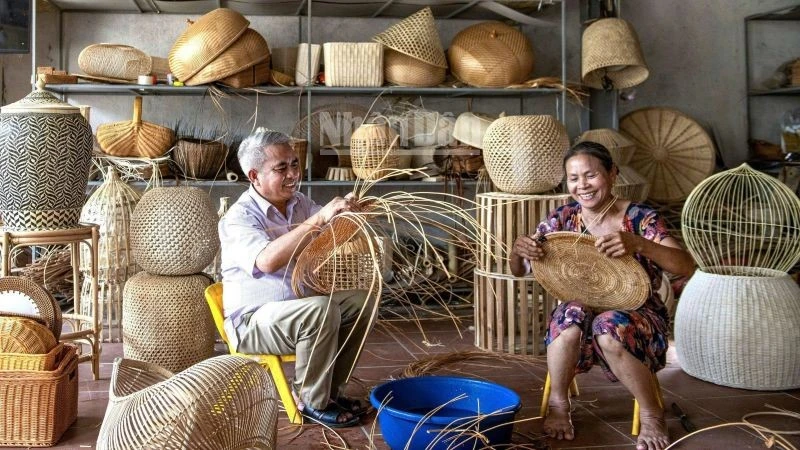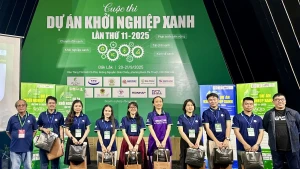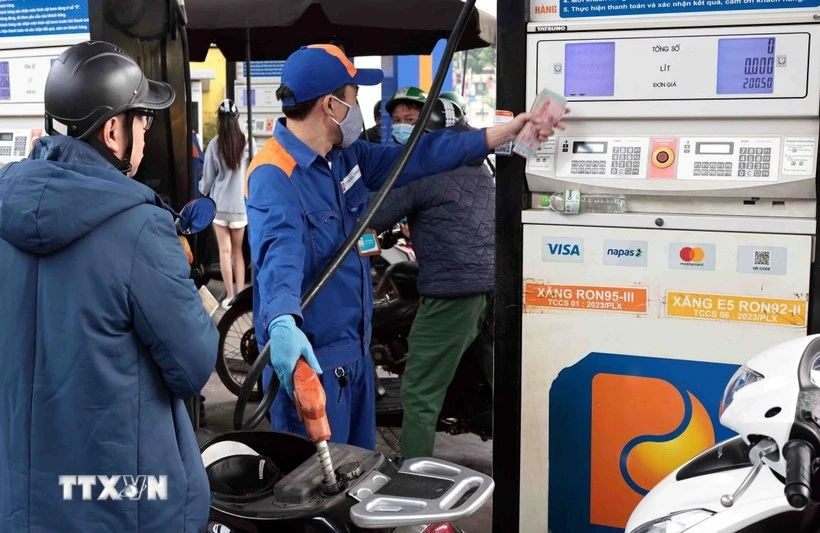Development opportunities in the new period
Textile and garment is one of Vietnam’s key industrial production sectors, with the industry’s export turnover having continuously maintained a top position in the world for many consecutive years. The industry currently employs about 2.6 million workers, contributing significantly to total export turnover. In 2024 alone, the industry’s export turnover reached 44 billion USD, an increase of 11.26% over the previous year. Building on the achievements, the textile and garment industry boldly has set an export target of 47-48 billion USD for 2025.
In 2024, the export turnover of the Vietnamese textile and garment industry reached 44 billion USD, an increase of 11.26% compared to 2023.
Despite many challenges, the Vietnamese textile and garment industry still has the opportunity to create a breakthrough in the coming time. The trend of reducing consumption of large quantities of textile and garment products to move towards high-quality products will create conditions for Vietnam to increase added value — with its strength in producing high-quality garments.
According to Le Tien Truong, Chairman of the Vietnam Textile and Garment Group (VINATEX), in the context of a green economy becoming an inevitable trend, the textile and garment industry still plays an important role thanks to the irreplaceable nature of the products.
However, the transition to green production in the industry still faces many challenges. Although many countries are moving towards sustainable textile products, reality shows that the consumption of recycled textiles is still low.
One of the main bottlenecks is the ability to innovate and automate in production. Although the trend of green and circular production is mentioned a lot, in reality, the consumption of green products has not increased significantly in recent years. In fact, in 2024, the consumption rate of clothing from recycled materials was even lower than in 2023. This shows the difference between market trends and implementation practices.
Vietnam is currently highly competitive in the international market with advantages in production criteria, quality, flexibility and social responsibility. However, compared to major competitors such as Bangladesh, India, and China, the Vietnamese textile and garment industry does not have a superior advantage in terms of integrated supply chains and product unit prices.
Despite scoring high on many evaluation criteria, the Vietnamese textile and garment industry does not have outstanding strengths in any criteria. Domestic enterprises still face difficulties in logistics costs and administrative procedures as well as the ability to integrate into the global supply chain. Therefore, according to the chairman of VINATEX, increasing added value and improving the domestic supply chain is an important task.
Towards a sustainable textile industry
Vietnam has great potential to continue developing the textile industry in a sustainable direction. However, in response to the need for green development and increased added value, Truong said that there needs to be a clear planning strategy, orienting the development of concentrated industrial parks instead of a decentralised model. At the same time, there needs to be a policy to promote the attraction of “eagles” in the fashion technology sector, like other industries.
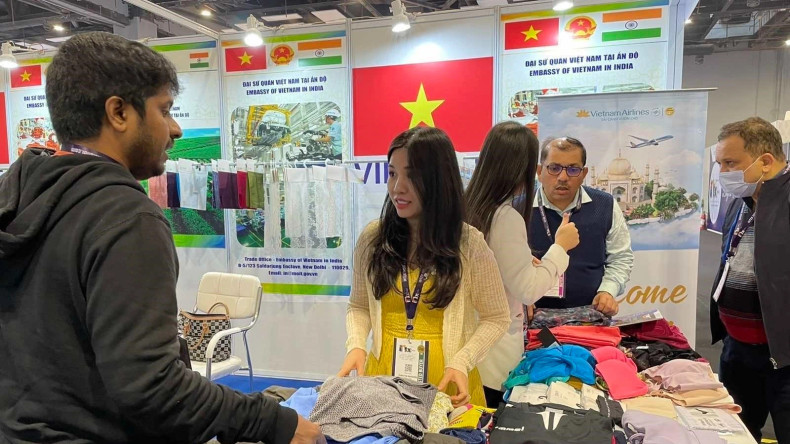 |
| International visitors learn about Vietnamese textile products at an international textile fair in India. (Photo: VNA) |
“Eagles are not only found in high-tech industries such as semiconductors and electronics, but also in the textile industry. We have not established the idea of welcoming eagles in the fashion technology sector. Therefore, this is also a point that needs to be reconsidered,” Truong stated.
In addition, Vietnam currently has the highest ratio of logistics costs to total product cost among the world’s top 7 textile and garment exporting countries. Therefore, improving logistics and reducing transportation costs are important factors to help improve competitiveness.
To achieve the above goals, the industry needs to have support policies on green finance, research and development, and innovation. At the same time, it is necessary to promote specialised planning and attract large-scale investment to improve competitiveness.
According to the chairman of VINATEX, the Vietnamese textile and garment industry is no longer a purely labour-intensive processing industry as it was decades ago. With the development of technology, digital transformation and new consumer trends, textiles and garments can become a green industry with high added value.
“It can be affirmed that the textile and garment industry still has room for development, and it is also an industry that can have high technology, clean technology, green technology and digital transformation, becoming more than simply a labour-intensive industry in the usual way as before,” Truong emphasised.
To achieve this, in addition to the efforts of enterprises, there needs to be strategic policies from the government to support the development of green production, increase localisation and improve the business environment. Only then can the Vietnamese textile and garment industry continue to affirm its position on the global export map, contributing positively to the country’s economic development.
